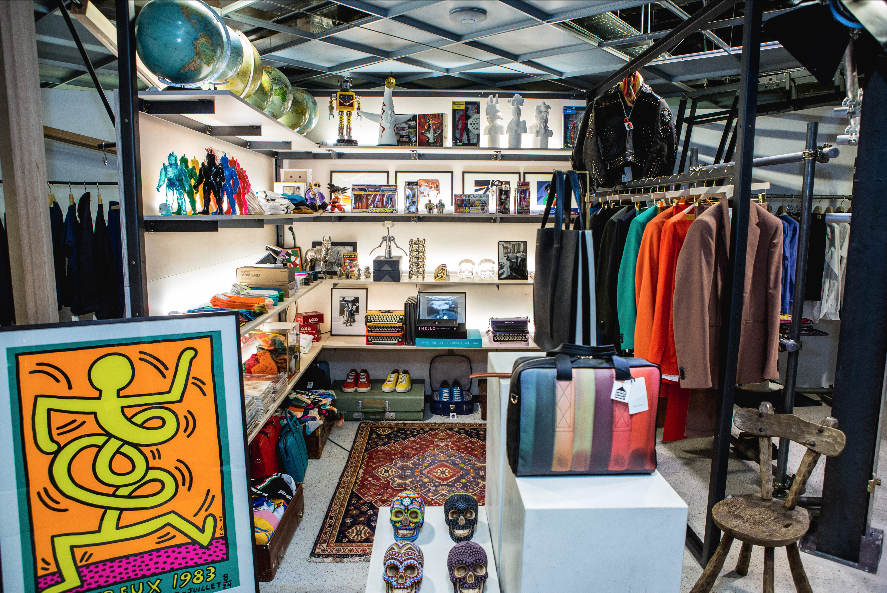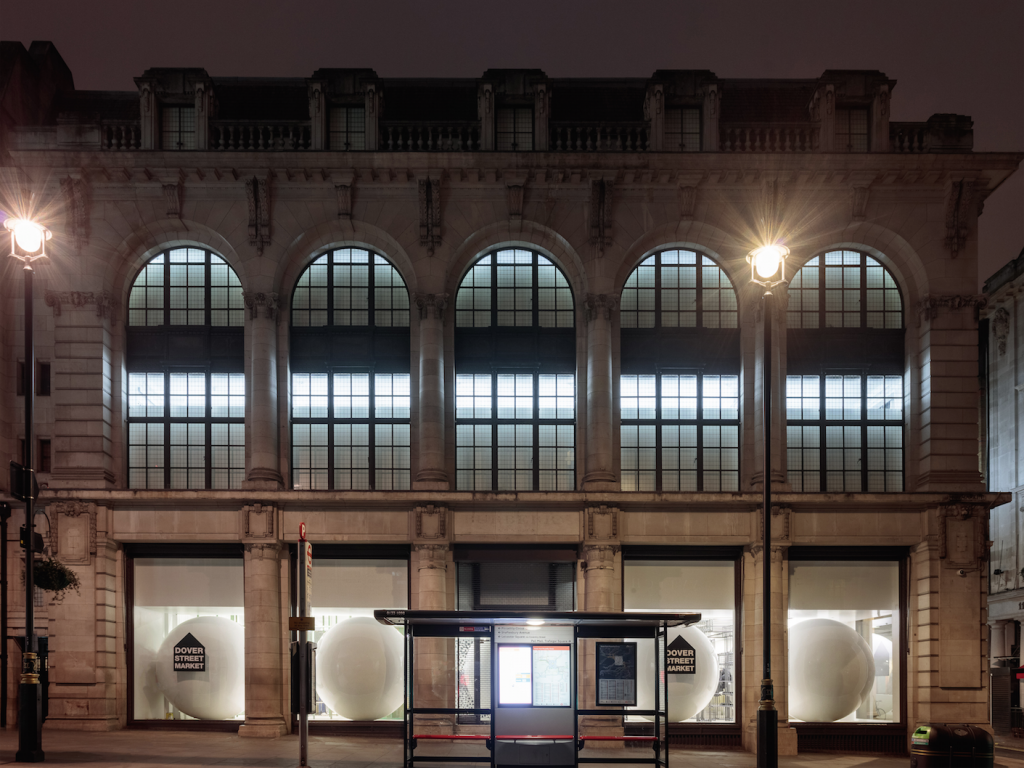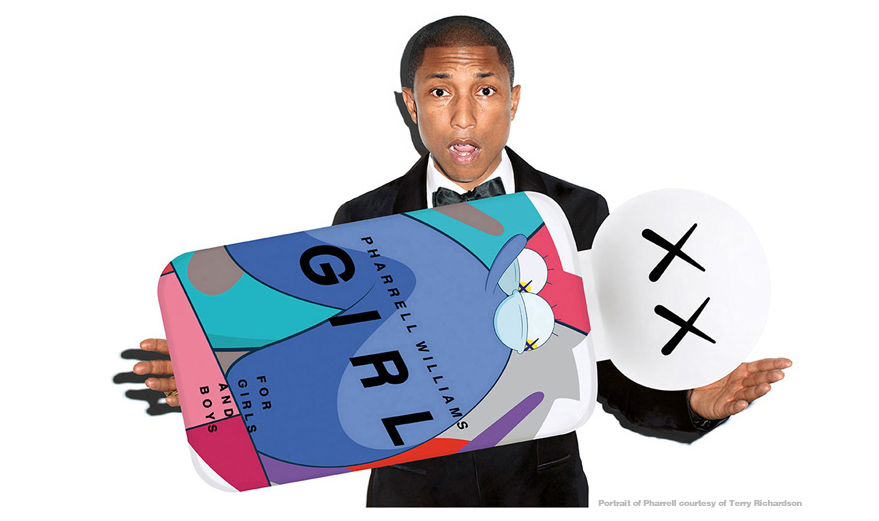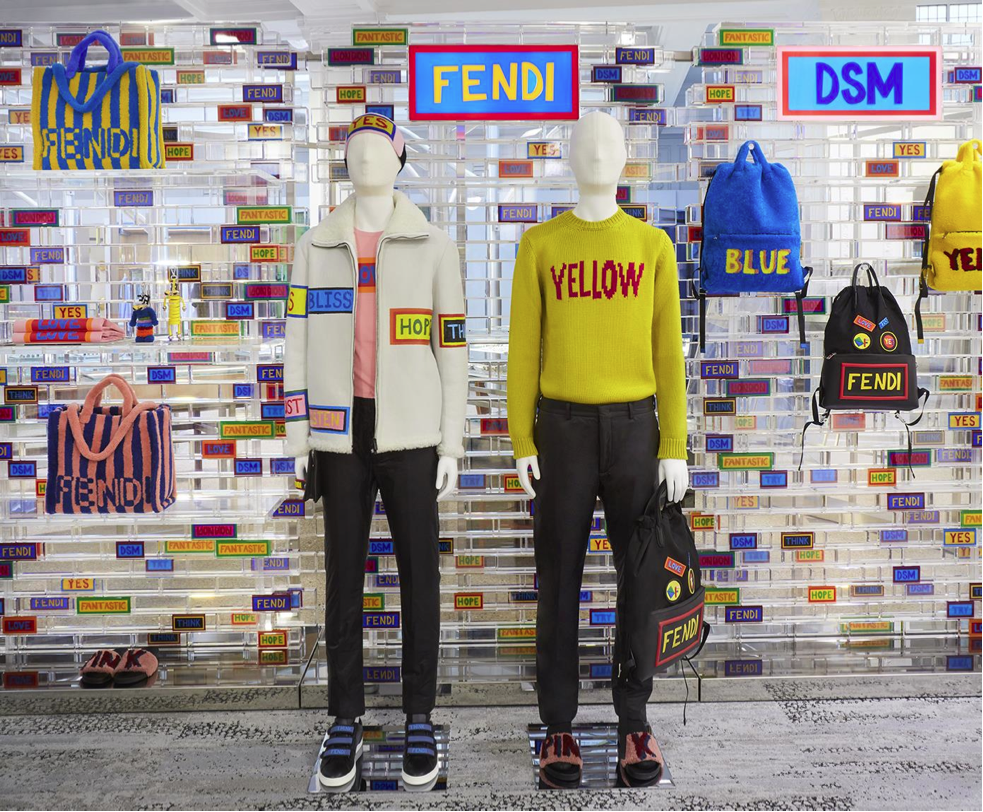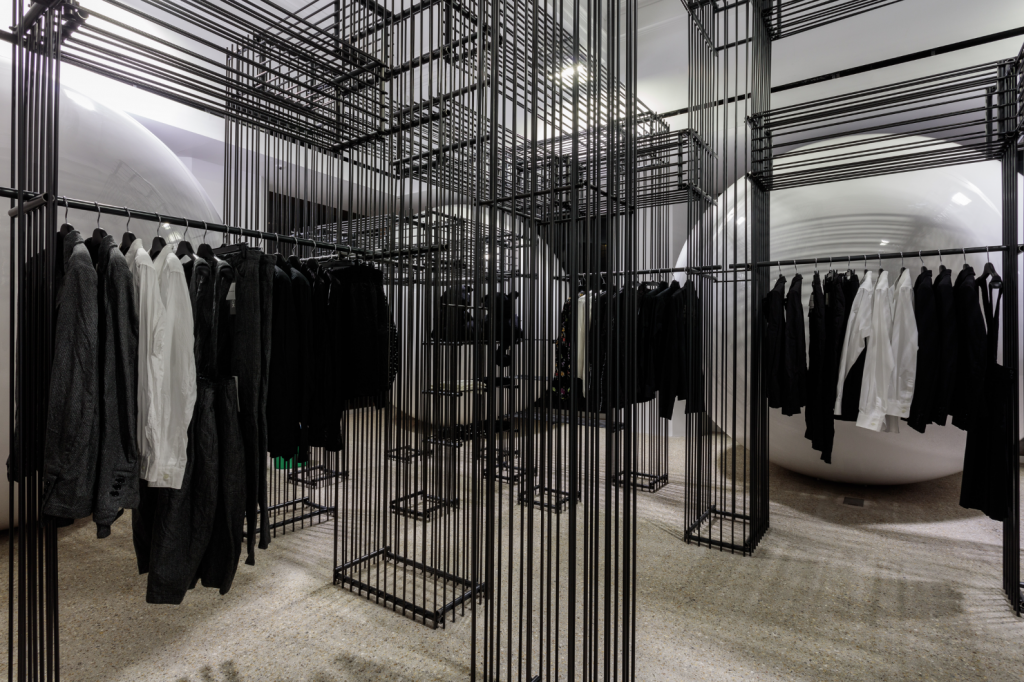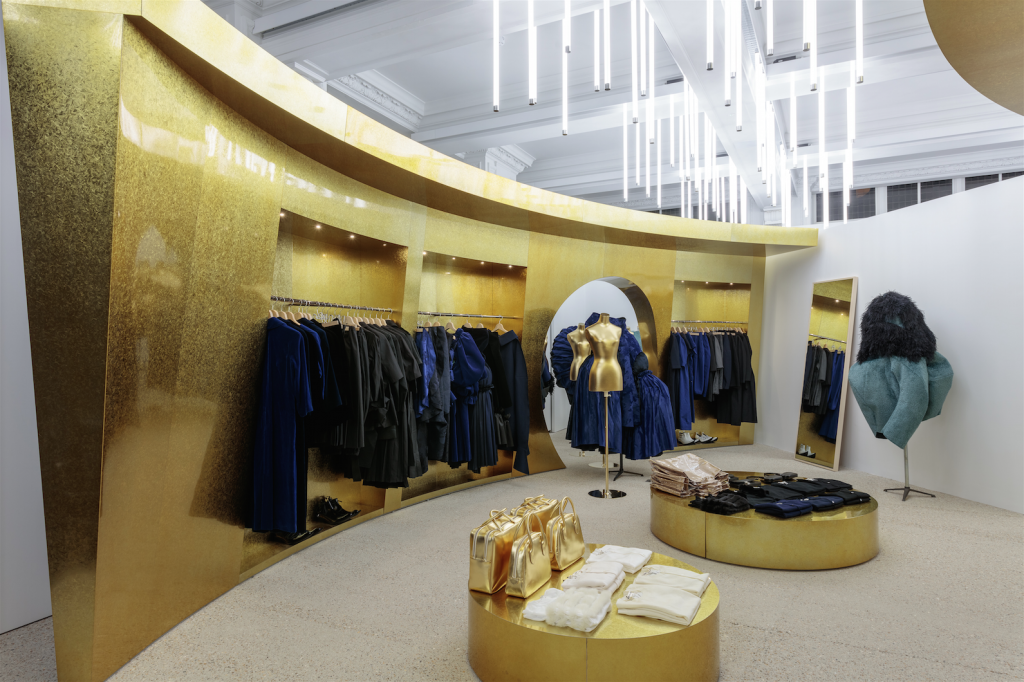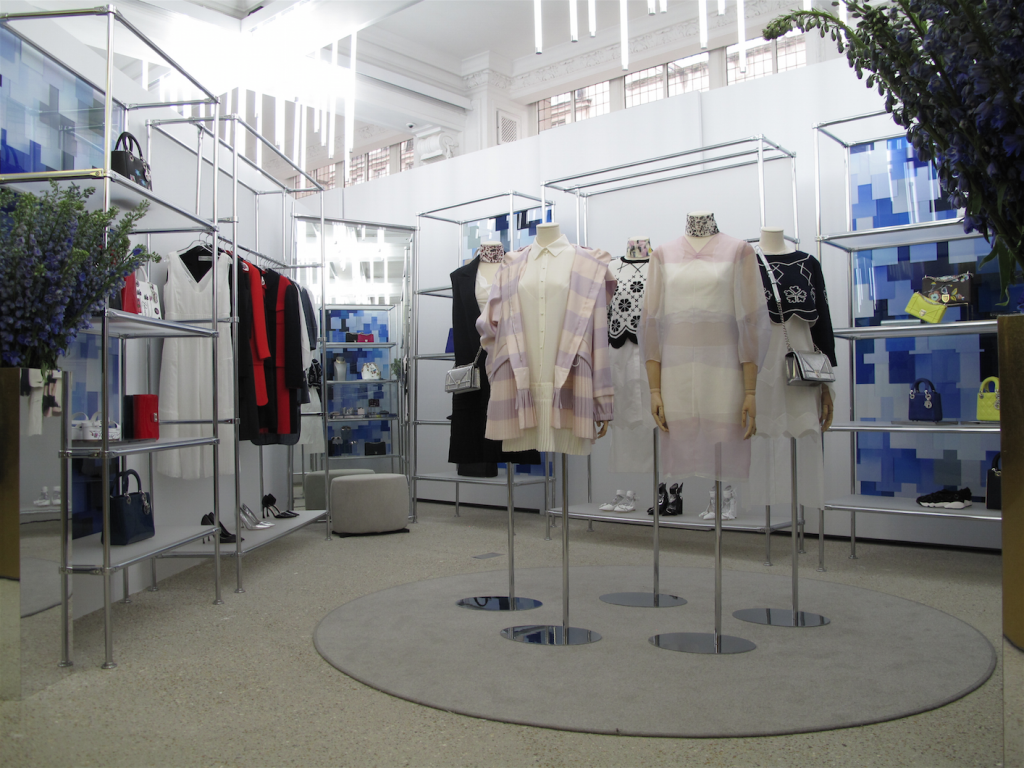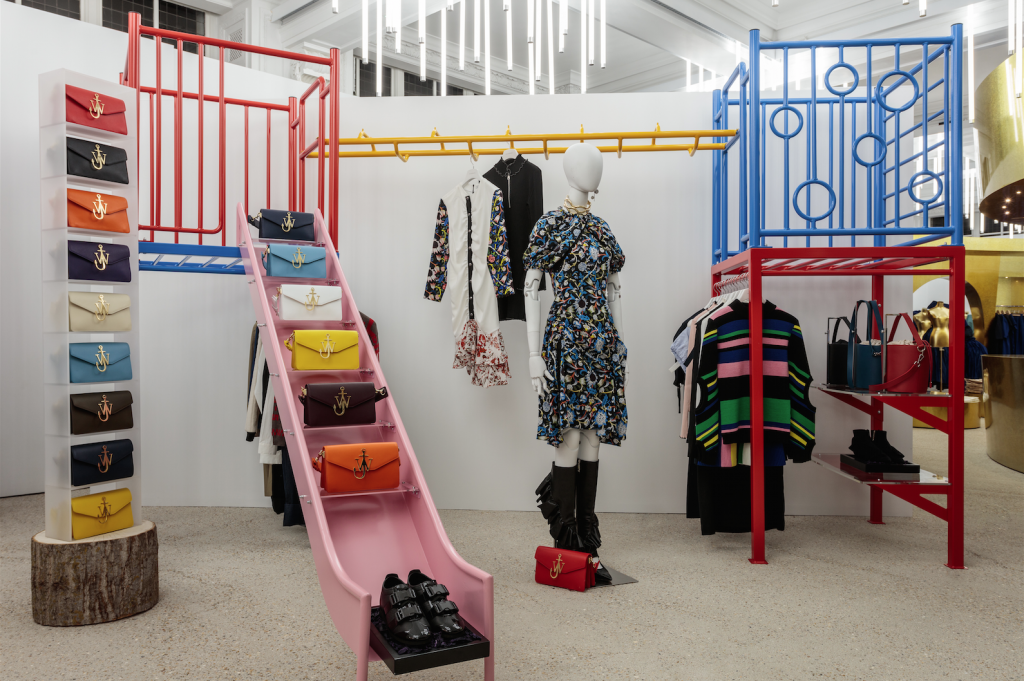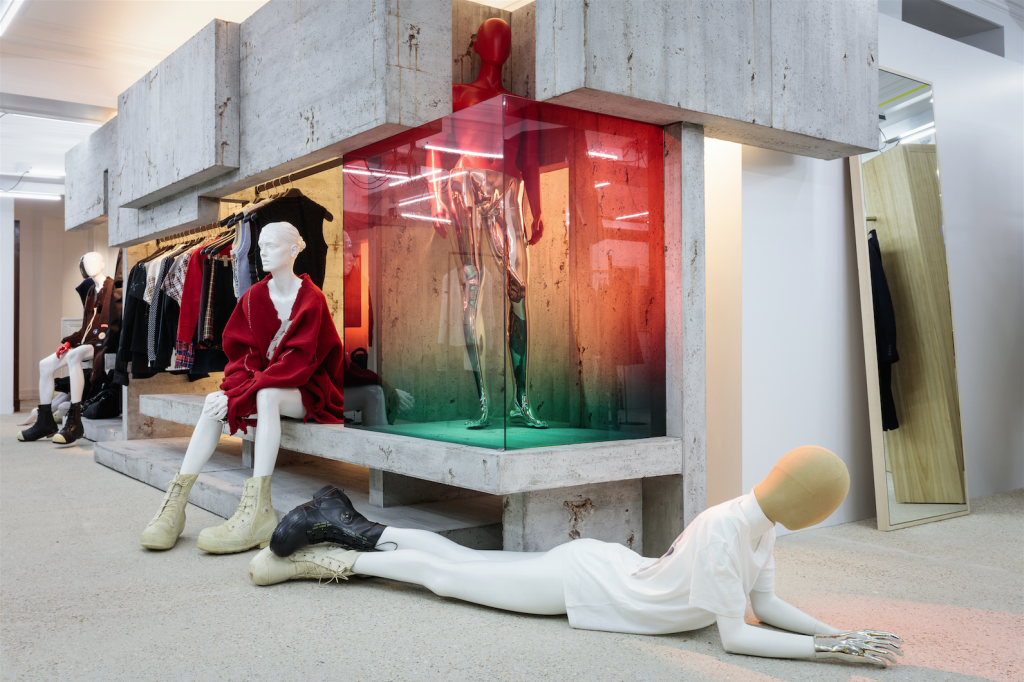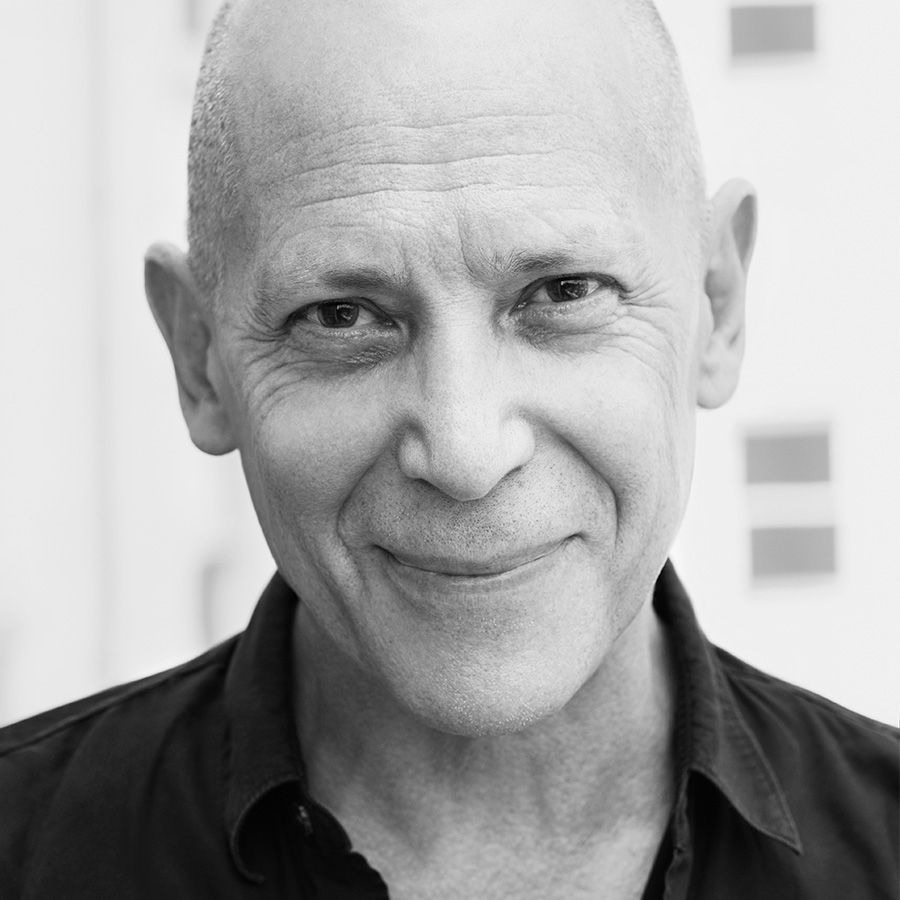
ADRIAN JOFFE – THE MAN BEHIND COMME DES GARÇONS
By Crash redaction
At the occasion of the Dover Street Market London Haymarket new opening, we take a look back at our exclusive interview with Adrian Joffe. Now in his third decade as president of Comme des Garçons, Adrian Joffe is a man of multitudes. Working closely with spouse Rei Kawakubo, he oversees the daily operations of an independent fashion house with a unique organization. Over the past decade he has also had a hand in running the brand’s concept store Dover Street Market—a retail experience unique in its kind. Between London, New York and Ginza, Adrian Joffe works everywhere to translate Rei Kawakubo’s radical vision into the language of our daily lives. Adrian Joffe met with Crash to talk about identity, commitment, passion and, of course, the future of Comme des Garçons.
Interview by Armelle Leturcq
How would you describe your role at Comme des Garçons?
That’s a tough question. I handle all of our activities outside Japan, including our commercial strategy, press relations… Everything other than designing clothes. Maybe a bit of communications for Rei, too. Officially I’m president of Comme des Garçons, but I’ve also become the unofficial spokesperson for Rei. In addition I take care of our fragrance line. I play a major role in our Dover Street Market stores.
You even manage its Instagram account!
That’s right. I manage several different Instagram accounts for Dover Street Market in London, New York and Ginza. It’s a lot of work but it’s all worth it! It’s an incredible tool. We didn’t have any communications platforms like that when we first started out. I also created a personal account when I started doing the Dover Street Market profile, just to feel things out and get a handle on the platform. I’ve now been personally managing all the accounts since January, and I try to create something engaging and different for each concept store, while staying true to the spirit of blending multiple influences. Sometimes I even get a little lost in all my accounts!
How do you manage all your different roles at once?
I rely on our teams in Paris, London and New York. We employ about fifty people per city, counting our Dover Street Market team. All told, we employ 180 people between Dover Street and Comme des Garçons. Rei employs another 800 in Japan when you include our stores. That’s not a lot compared to other major fashion houses, but it’s still a substantial number when you consider that we are still an independent brand.
Though your organizational structure is similar to a corporate group since you have several different brands.
It’s safe to say that our organization is unique. We have seventeen brands, counting all our brands in Japan, our fragrances and Junya Watanabe. It’s important for us to remain independent. It’s a decision we made from the beginning. Things will inevitably have to change at some point in the future. We just have to find the best way to move forward. Rei’s entire business is based purely on design. That’s why she never wanted to do any licensing. In order for her concept of the brand to work, Rei needs to be in control of the entire creative side. Succession will be an important question in the years to come. It’s a complex issue, but we’ve been around for forty-five years, so we have a lot of history behind us and we’ve compiled extensive archives.
Is there a hierarchy between you, Rei and the rest of the team?
Not really. All the ideas come from Rei and me, and then we delegate responsibilities to our incredible teams. Our approach is relatively flexible, and we have regular meetings so we can all discuss everything. Our activities are all interconnected. That’s why we encourage a lot of exchange and transparency. I think we could improve our communications strategy, but it’s also part of our identity as Comme des Garçons to avoid marketing and market research. With our fragrances, for example, we’ve never brought in any outside consultants!
For a fashion house, it’s true that the creative director’s originality and vision is what counts most.
Exactly. You have to respect the DNA of the house. I really admire what Raf Simons is doing at Dior. And it works! He has managed to keep a measure of continuity with Christian Dior. He doesn’t try to force change, instead he builds on the history of the house. I also like LVMH because they understand the crucial role played by the creative director in a fashion house with a lot of history, as well as the need to respect this person’s vision. Speaking of Dior, they are one of the new brands featured at Dover Street Market. We started working with them in January and we just set up their storefront at Dover Street Market in London. Business is already off to a great start. It’s the first time their brand will be sold outside their own stores.
How did you come up with the idea for Dover Street Market? I remember the “guerilla shops” that first introduced the concept of the pop-up shop or flash retail, which so many brands have borrowed since.
We launched Dover Street Market in 2004, and the “guerilla shops” came a bit earlier. I think we opened twenty-three of them in the space of a year. With Dover Street Market we wanted to do something different and more permanent. We wanted our own store but we didn’t want a flagship. Things happen by chance sometimes: we found a building on Dover Street in London and, at first, it was suggested that I use the ground floor for our shop and rent out the upper level as office space. That seemed like a waste to me. Little by little the idea came to us to create a big concept store, a bit like Kensington Market. That’s the building that really inspired us and gave us the idea for the project. As rents have risen, we decided to move a few blocks away to Haymarket. Our new space is three times bigger. It’s the old Burberry shop built by Thomas Burberry in 1912. We’re set to move at the end of the year. I’m already looking for ideas on how we can use the space. I don’t want an exact copy of what we already have. This is the right time to leave Dover Street because people know all about us now. You always want to leave the party on a high note!
Any plans to open a Dover Street Market in Paris?
Paris is tough. Again, it all depends on chance. If we happen to find a spot we like, we can think about moving in. Right now we’re thinking about opening a mini Dover Street at 54, rue du Faubourg Saint Honoré. But it has to be the right environment. We organized our Comme des Garçons Market Market Town at Chemin Vert in November. It was an absolutely incredible event.
What are your plans for the new Dover Street Market in London?
I’d like to focus less on luxury and instead give a lot of space to young designers like Craig Green or Jacquemus, who actually worked for us for two years. We currently distribute his collections at all our Dover Street Market locations. I’d like to give young designers the freedom to express their ideas and vision. We want to enable younger generations to do more than design clothing. We want to encourage something more personal in their creative processes.
And it will be the first time a fashion house invests in other designers. It’s a very generous initiative!
Rei has always wanted to remain open to others. She set out to do something very solitary: to innovate and do things that have never been done before with every collection. That’s why she has always been open to collaborating with people outside the brand. Dover Street Market was the perfect way to develop new synergies, and a few accidents, too—Rei has always had a taste for accidents. Her process is all about exchange. Not only with young designers but also with big brands like Louis Vuitton. Another example: Hedi Slimane was the first to collaborate with Dover Street Market by designing a furniture line in 2004. The main thing is to do something meaningful through our collaborations.
It must be tough for Rei to constantly search for new things and start from scratch on every collection.
That’s what has always motivated her. Of course it can start to get difficult because it’s hard to keep up the pace. But despite doing something new every time, her personal style is always recognizable. She updated her process over the last few seasons: she’s no longer thinking in terms of clothing as clothing. She broke out of that framework and that’s what’s allowing her to invent something completely new. Michèle Lamy actually wrote a wonderful essay for Elle Collections on Rei’s latest collection. The question is always the same: how do you continually create things that have never been seen before?
Do you ever discuss ideas for collections with Rei?
I don’t take part in the design process, but I try to support her as she experiments or, sometimes, suffers. She always starts with a fresh slate, so it’s tough. I try to give her ideas, images, words or anything I find that might be interesting.
What else inspires you aside from fashion?
I really like architecture. I’m often moved by architectural works and buildings. Two of my favorite architects are Marcel Breuer and the American Louis I. Kahn. His buildings like the National Assembly Building in Dhaka are incredible. Anywhere you look in Paris you see something marvelous. I loved the Fondation Louis Vuitton. I also like a lot of temples, palaces… Le Corbusier is one of my favorites, but I’ve never been to Chandigarh in India. It looks spectacular. I also have an apartment at the Cité Radieuse in Marseille, but I don’t make it there very often…
New Dover Street Market London Haymarket address
18-22 Haymarket, London SW1Y 4DG
Portrait by Thomas Lohr






